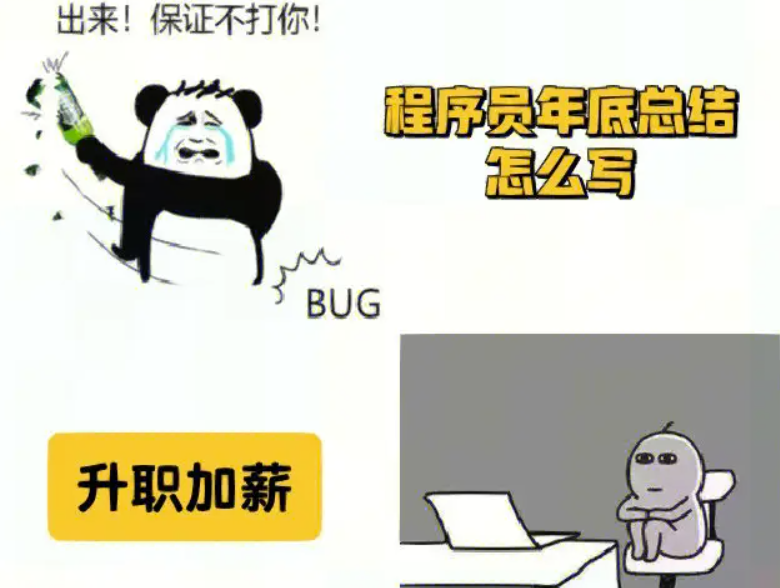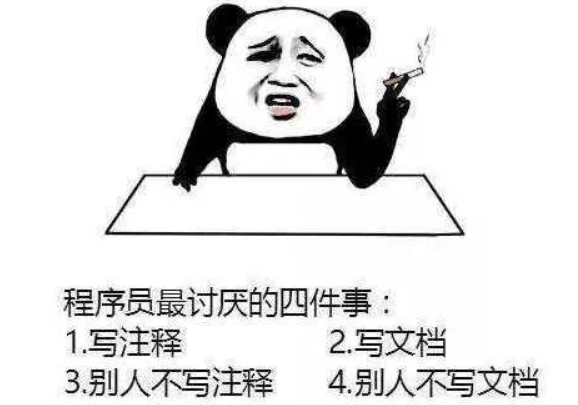下面是一个使用 Objective-C 头文件类的形式实现链表的示例代码:
LinkedListNode.h(头文件):
#import <Foundation/Foundation.h>
@interface LinkedListNode : NSObject
@property (nonatomic, strong) id data;
@property (nonatomic, strong) LinkedListNode *next;
- (instancetype)initWithData:(id)data;
@end
LinkedList.h(头文件):
#import <Foundation/Foundation.h>
#import "LinkedListNode.h"
@interface LinkedList : NSObject
@property (nonatomic, strong) LinkedListNode *head;
- (void)insertAtEnd:(id)data; // 在链表末尾插入节点
- (void)removeAtEnd; // 移除链表末尾的节点
- (void)printList; // 打印链表元素
@end
LinkedList.m(实现文件):
#import "LinkedList.h"
@implementation LinkedList
- (void)insertAtEnd:(id)data {
if (!self.head) {
self.head = [[LinkedListNode alloc] initWithData:data];
} else {
LinkedListNode *current = self.head;
while (current.next != nil) {
current = current.next;
}
current.next = [[LinkedListNode alloc] initWithData:data];
}
}
- (void)removeAtEnd {
if (!self.head || !self.head.next) {
self.head = nil;
return;
}
LinkedListNode *previous = nil;
LinkedListNode *current = self.head;
while (current.next != nil) {
previous = current;
current = current.next;
}
previous.next = nil;
}
- (void)printList {
if (!self.head) {
NSLog(@"Linked list is empty.");
return;
}
LinkedListNode *current = self.head;
while (current != nil) {
NSLog(@"%@", current.data);
current = current.next;
}
}
@end
在上述代码中,我们创建了一个名为 LinkedListNode 的节点类和一个名为 LinkedList 的链表类。每个节点对象具有数据 (data) 和指向下一个节点的指针 (next)。链表类维护一个头结点 (head) 指针,用于表示链表的起始位置。
链表类包含插入末尾、移除末尾和打印链表元素等方法,通过操作节点对象来实现这些功能。
你可以将以上代码保存为三个文件,然后在需要使用链表的地方引入 LinkedList.h 头文件即可使用该链表类。
内容由零声教学AI助手提供,问题来源于学员提问


![驱动代码
void kalRxTaskletSchedule(struct GLUE_INFO *pr)
{
static unsigned int num = 0;
tasklet_hi_schedule(&pr->rRxTask[(num++)%NR_CPUS]);
// tasklet_hi_schedule(&pr->rRxTask);
DBGLOG(HAL, ERROR,](https://linuxcpp.0voice.com/zb_users/upload/2023/05/202305162226144313964.png)

















